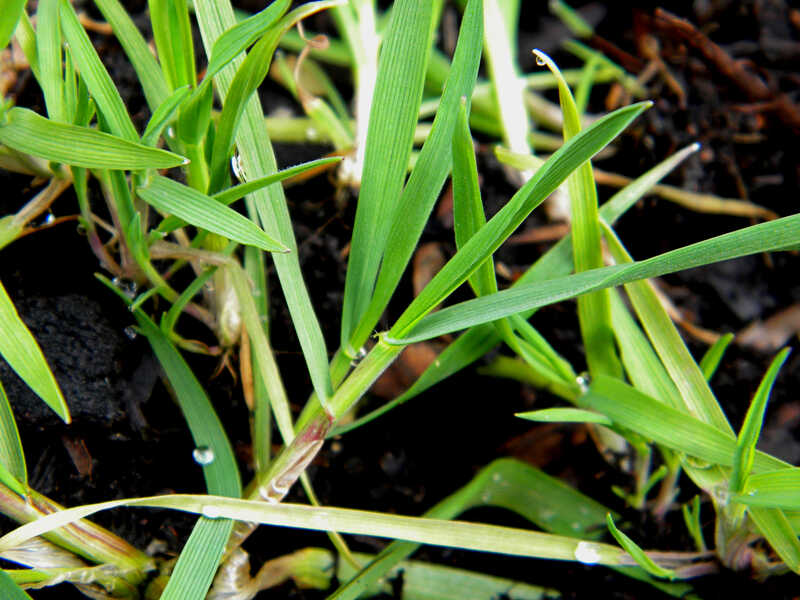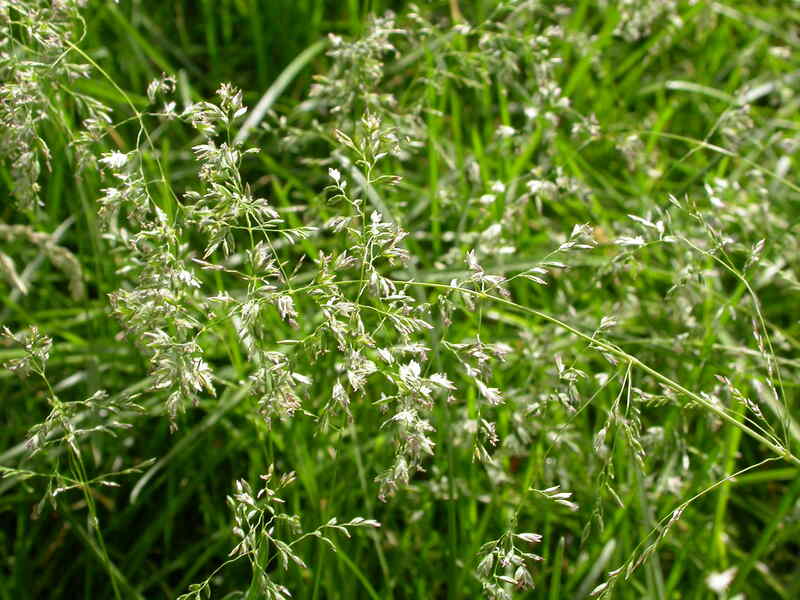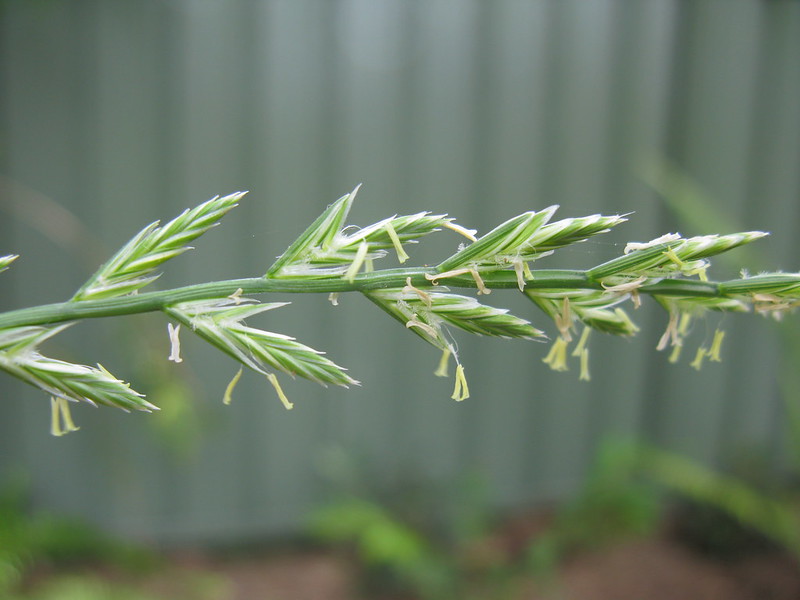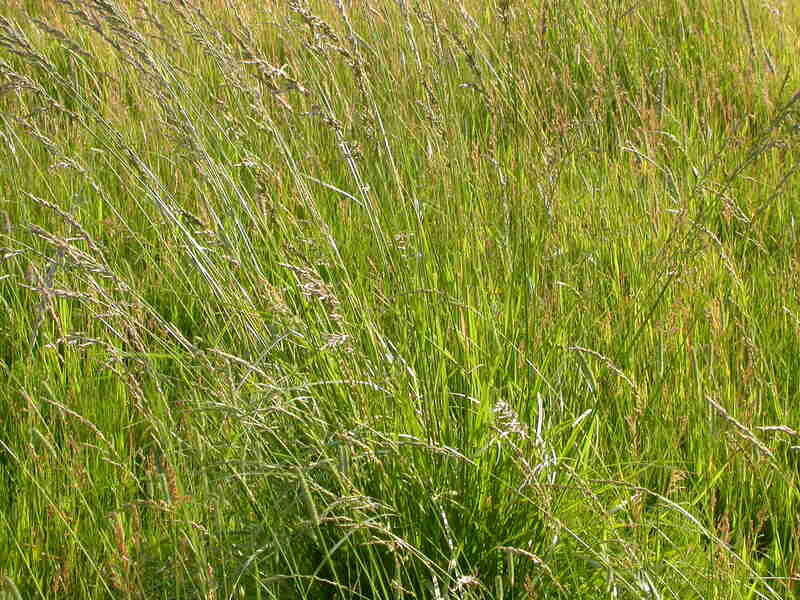4 Best Grass Types for Columbus, OH
BY ANDIE IOO | APRIL 12TH, 2023 | COLUMBUS, LAWN CARE, OHIOEveryone wants a fabulous lawn, but who wants to work for it, especially when the weather doesn’t always work in your favor? Well, there are four best grass types for Columbus that can transform your backyard without much effort on your part.
The Discovery City is known for its cold winters and regular temperature fluctuations, so cool-season grasses are recommended in this area. These varieties thrive in temperatures ranging from 65 to 75 degrees Fahrenheit and can handle harsh winter weather.
In this article, we’ll cover:
Warm-Season vs. Cool-Season Grasses
Depending on where you live in the country, you’ll want to plant either warm-season or cool-season grasses for your lawn.
Cool-season grasses grow best in the spring and fall when temperatures are between 55 and 75 degrees Fahrenheit. They’re easier to establish than warm-season grasses, and the seeds are readily available to purchase in Columbus.
On the downside, they’re less tolerant of poor soil conditions and require the addition of lime and fertilizer. Plus, they can’t handle drought and extreme heat.
Warm-season grasses adapt much better to drought conditions and heat. They grow in temperatures of between 75 and 95 degrees Fahrenheit, are long-lived, and can handle sites with low moisture.
4 Cool-Season Grasses for Columbus
For Columbus, cool-season grasses are best. But choosing the right turf type for your yard is no easy feat. It all comes down to understanding the various grasses’ growing and maintenance needs, susceptibility to disease and pests, and resistance to regular wear and tear.
We’ve put together a guide to help you make an informed decision. The cool-season grass you select should boost your home’s curb appeal and withstand the cold Columbus climate.
1. Fine Fescue (Festuca arundinacea)

Photo Credit: Bildoj / Wikimedia Commons / CC BY-SA 3.0
Fine fescue is a medium-green to blue-green grass that stands out among lawn grass types. It has the thinnest blades, the most shade tolerance, and the lowest moisture and fertilizer needs. It’s not only drought-resistant but stays green all year. If you’re a lawn care beginner, this is the ideal turf.
The downside? It doesn’t do well in high-traffic areas. If your kids or pets regularly run around your property, you might want to choose another turf type.
Classification: Cool-season grass
Spreads by: Bunch-type grasses with one exception: creeping red fescues possess rhizomes
Shade tolerance: Moderate to high
Drought resistance: Moderate to high
Foot traffic tolerance: Low to moderate
Maintenance needs: Low mowing frequency
Mowing height: 1.5-3 inches
Potential for disease: Moderate
Soil pH: 5.5-6.5
Soil type: Good drainage is a must; tolerates infertile soils; sandy soils generally work well
Other notes: Often used in a mix with other cool-season grasses, especially in sun/shade mixes.
2. Kentucky Bluegrass (Poa Pratensis)

Photo Credit: Matt Lavin / Flickr / CC BY-SA 2.0
Kentucky bluegrass (also known as KBG) can stand up to the freezing temperatures of Columbus. It is a high-maintenance, high-quality grass with deep roots that rely on regular watering and fertilizing. KBG can quickly recover from injury, making it ideal for heavy traffic.
KBG makes a fine-textured, lush green lawn, but takes about six months to fully thicken up. While it grows best in the sun, it doesn’t tolerate high heat and drought unless it’s well irrigated.
Classification: Cool-season grass
Spreads by: Rhizomes
Shade tolerance: Low to moderate — prefers full sun
Drought resistance: Moderate, but will survive by going dormant
Foot traffic tolerance: Low to moderate, but recuperates well
Maintenance needs: Moderate mowing frequency; a high-maintenance grass
Mowing height: 2-3 inches
Potential for disease: Moderate to high
Soil pH: 6-7
Soil type: Good drainage, fertile
Other notes: Produces a dense lawn under ideal conditions; many of these traits (shade tolerance, drought resistance, etc.) vary widely by cultivar, with newer cultivars generally being hardier, more resistant to disease, etc.; mow taller in summer; most often mixed with other species, such as tall fescue, in home lawns.
3. Perennial Ryegrass (Lolium perenne)

Photo Credit: Harry Rose / Flickr / CC BY 2.0
Perennial ryegrass is widely used throughout the U.S., but its application varies from region to region. It’s deep green and glossy and has the highest traffic tolerance of any cold-season grass, often used around homes, schools, athletic fields, and parks in Columbus.
This rich, fine-textured grass also wins major points for its fast germination rate, quick establishment, and disease resistance. While not as cold-hardy as Kentucky bluegrass or tall fescue, perennial ryegrass thrives in moderate summers and cool winters. It’s usually mixed with other types of grasses.
Classification: Cool-season grass
Spreads by: Bunch-type grass
Shade tolerance: Low — prefers full sun
Drought resistance: Low (summer dormancy in some areas)
Foot traffic tolerance: High, but poor recuperative ability
Maintenance needs: Moderate mowing requirement, depending on cutting height (lower cutting heights require more frequent mowing)
Mowing height: 2-3 inches
Potential for disease: High, especially in areas with hot, humid summers
Soil pH: 6-7
Soil type: Good drainage, high fertility
Other notes: Most often mixed with Kentucky bluegrass and fine fescue in a cool-season mix; well known for its excellent striping ability, low mowing tolerance (reel mower fans, this one’s for you), and rapid germination rate (four to seven days). Needs moderate levels of fertilizer.
4. Tall Fescue (Festuca arundinacea)

Photo Credit: Matt Levin / Flickr / CC BY-SA 2.0
Tall fescue is a dark green grass with a coarse texture, perfect for areas that don’t get much sun. It’s generally insect- and disease-resistant, drought-tolerant, and low-maintenance. You’ll often find it on athletic fields and playgrounds.
The seed grows in the sun and partial shade and can handle both wet and dry soil. Tall fescue creates shorter, denser, and darker green lawns than other varieties. In fact, given its many attributes, it could be labeled as the perfect grass for Columbus and the rest of Ohio.
Classification: Cool-season grass
Spreads by: Bunch-type grass
Shade tolerance: Moderate
Drought resistance: Moderate
Foot traffic tolerance: Moderate, but low ability to recuperate from wear
Maintenance needs: Fast rate of growth, so plan to mow often
Mowing height: 2-4 inches (Check your cultivar and state recommendations. Many tall fescue lawns grow best when they’re mowed on the tall side.)
Potential for disease: Low to moderate under proper management conditions
Soil pH: 5.5-6.5
Soil type: Fertile, good drainage, but will tolerate a wider range of soil conditions
Other notes: Reseed every few years to repair bare spots and thinning; don’t plant old varieties such as Kentucky-31; look for “turf-type” tall fescue (TTTF). Seed blends with more than one TTTF cultivar give the best chance for a strong lawn.
FAQ about Columbus Grass Types
You should plant a grass variety suited to the soil, water, and light conditions in your yard. Kentucky bluegrass and perennial ryegrass require moist, well-drained, fertile soil. Fine or tall fescue can survive in much harsher conditions, such as deep shade and poor, dry, and acidic soil.
Fine and tall fescue prefer the shade, while Kentucky bluegrass or perennial ryegrass flourish in sunnier areas.
If you’re not one for yard work, there are some low-maintenance options like fine or tall fescue. Kentucky bluegrass requires more effort if you want a high-quality, lush lawn.
If you’re not an outdoorsy person and simply want to have a beautiful-looking lawn, you should opt for tall or fine fescue grass. But if your kids or pets regularly give your property a good workout, go for a sturdy grass type such as Kentucky bluegrass.
Choose Plant and Grass Varieties for Your Columbus Landscape
Many factors go into creating a green, healthy, rich lawn, but the first step is selecting the right grass for the Columbus climate. Ohio is evenly split between USDA zones 5 and 6, making it the perfect environment for cool-season grasses.
A fabulous lawn is a refreshing sight. The good news is, you don’t have to slave over your yard to make it happen. A Columbus lawn care pro can help you select the best grass and give you a show-stopping lawn.
Main Image Credit: Ohio-Columbus / John Dewees / Wikimedia Commons / CC0 1.0